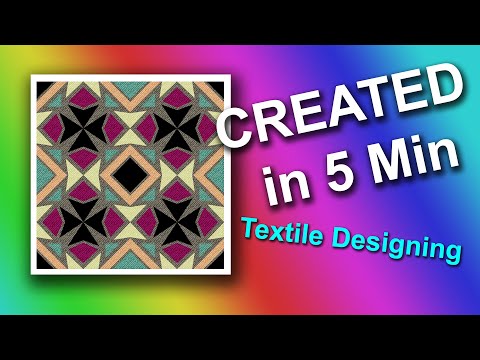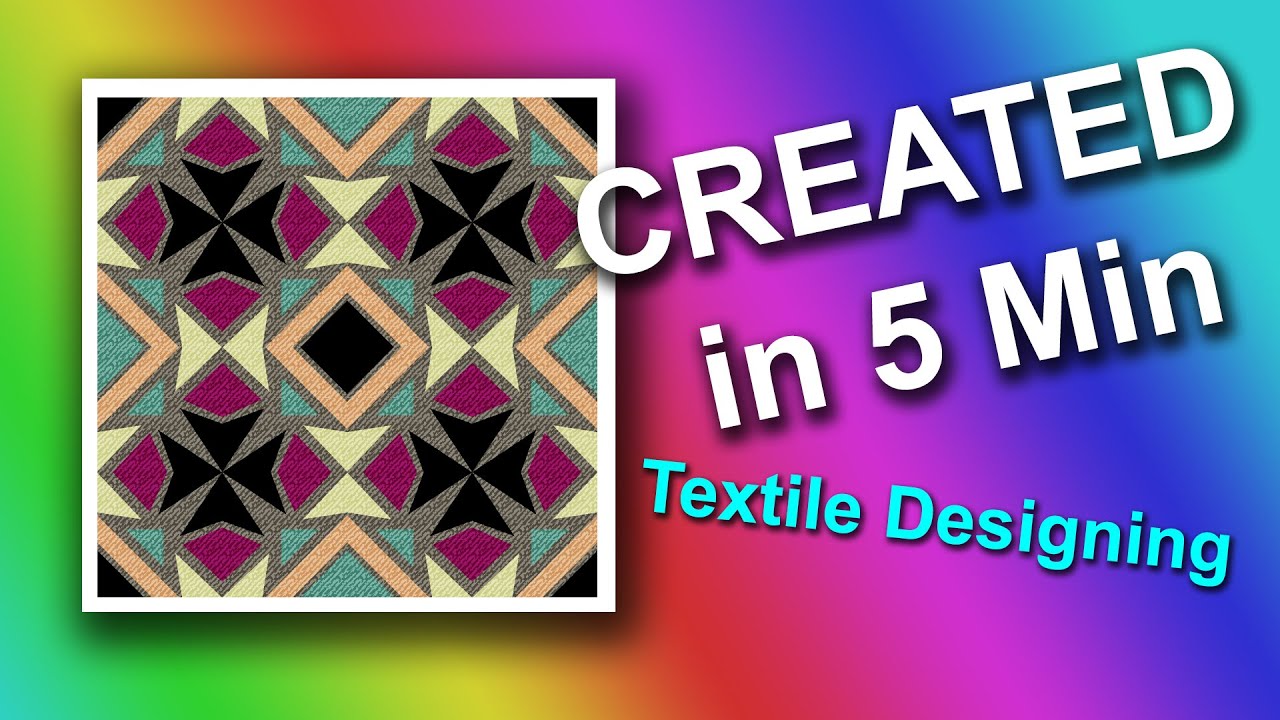Discover the captivating world of fabric geometric patterns, where shapes, lines, and colors intertwine to create visually striking designs. Immerse yourself in the allure of these intricate motifs that add a touch of sophistication to any textile. With their precise angles and perfectly balanced proportions, geometric patterns exude a sense of order and harmony, instantly drawing the eye and igniting curiosity. Whether it's a bold chevron, a mesmerizing labyrinth, or a delicate honeycomb, these patterns effortlessly command attention and evoke a sense of intrigue. The symmetry and precision inherent in geometric designs create a mesmerizing visual rhythm that can transform any fabric into a work of art. From stylish apparel to elegant home decor, these patterns lend a contemporary edge to any project, making them the perfect choice for those seeking a modern aesthetic. Let your imagination run wild as you explore the endless possibilities that fabric geometric patterns offer. Whether you're seeking a striking focal point or a subtle background, these captivating designs will undoubtedly inspire and captivate you. Fall in love with the mesmerizing allure of fabric geometric patterns and elevate your style with their timeless appeal.

Fabric Geometric Patterns: Adding Style and Sophistication to Your Home
When it comes to home decor, finding the right patterns and prints can make all the difference in creating a stylish and inviting space. One timeless and versatile option is fabric geometric patterns. These patterns, characterized by repetitive shapes and lines, can add a touch of modernity and sophistication to any room. In this article, we will explore the beauty and versatility of fabric geometric patterns and how they can elevate your interior design.
1. The Power of Geometric Patterns
Geometric patterns have been used in various forms of art and design for centuries. The power of these patterns lies in their ability to create visual interest and harmony through the repetition of simple shapes. Triangles, squares, and circles are common geometric shapes that can be found in fabric patterns, each bringing its own unique aesthetic appeal.
These patterns can be bold and vibrant, instantly drawing attention to a specific area of a room. On the other hand, they can also be subtle and understated, adding a touch of elegance and sophistication without overpowering the overall design.
2. Versatility in Design
One of the greatest advantages of fabric geometric patterns is their versatility. Whether you prefer a minimalist, contemporary look or a more traditional aesthetic, there is a geometric pattern to suit your style.
For a modern and edgy vibe, consider opting for angular and sharp geometric patterns. These designs often feature straight lines and precise angles, creating a sense of movement and energy within a space. They work particularly well in rooms with clean lines and minimal clutter.
On the other hand, if you prefer a softer and more organic look, consider curved geometric patterns. These patterns incorporate flowing lines and circular shapes, creating a more relaxed and inviting atmosphere. They are perfect for adding a touch of warmth and coziness to any room.
3. Creating a Focal Point
One of the key benefits of fabric geometric patterns is their ability to create a focal point within a room. By incorporating a bold and eye-catching pattern, you can instantly draw attention to a specific area or piece of furniture.
For example, if you have a plain and neutral-colored sofa, adding geometric patterned throw pillows can instantly transform it into a statement piece. Similarly, you can use geometric patterned curtains to draw attention to a beautiful window or create a striking backdrop for your dining area.
Remember to balance the use of geometric patterns with solid colors and neutrals to avoid overwhelming the space. By selecting a few key pieces with geometric patterns, you can create a cohesive and visually appealing design.
4. Playing with Scale and Color
When it comes to fabric geometric patterns, don't be afraid to play with scale and color. These patterns can be found in a wide range of sizes and color palettes, allowing you to choose the perfect combination for your space.
If you have a small room, opt for smaller-scale geometric patterns to avoid overwhelming the space. On the other hand, if you have a larger room, consider incorporating larger-scale patterns to add drama and visual interest.
When it comes to color, geometric patterns offer endless possibilities. From bold and vibrant hues to soft pastels and neutrals, you can find a color palette that complements your existing decor or makes a bold statement. Just be sure to consider the overall color scheme of your space and select patterns that harmonize with the existing colors.
5. Mixing and Matching
One of the most exciting aspects of fabric geometric patterns is the ability to mix and match different designs. Don't be afraid to experiment with different patterns and shapes to create a unique and personalized look.
For a more cohesive design, stick to a specific color palette or choose patterns that share a common element. You can mix different geometric patterns such as stripes, chevrons, and polka dots to add depth and visual interest to your space. Just be sure to balance the patterns with solid colors and neutrals to avoid overwhelming the overall design.
In conclusion, fabric geometric patterns offer a world of possibilities when it comes to interior design. Whether you prefer a bold and vibrant look or a more understated and elegant aesthetic, there is a geometric pattern to suit your style. By incorporating these patterns into your home decor, you can add a touch of modernity and sophistication to any room.
Creating Stunning Geometric Seamless Designs: A Photoshop Tutorial for Textile Designing
Video Source : Sandeep Shivankar
Fabric Geometric Pattern
Fabric Geometric Patterns
| Pattern Name | Description | Origin |
|---|---|---|
| Chevron | The Chevron pattern is characterized by zigzagging lines that form a series of inverted V shapes. It creates a dynamic and visually appealing design element. | Originating from ancient Greece, the Chevron pattern has been used in various cultures throughout history. |
| Herringbone | Herringbone is a distinctive pattern of parallel slanted lines that create a V or chevron-shaped design. Its name is derived from its resemblance to the skeleton of a herring fish. | Herringbone patterns have been found in ancient Roman architecture and were widely used in Europe during the Renaissance period. |
| Argyle | Argyle is a diamond-shaped pattern formed by overlapping diagonal lines, often with additional vertical and horizontal lines running through it. It is known for its preppy and sophisticated appearance. | Originally developed in Scotland, the Argyle pattern gained popularity in the 1920s and has since become a timeless design used in clothing and textiles. |
| Trellis | Trellis patterns consist of repeating geometric motifs, typically in the form of interlocking squares or diamonds. They create a lattice-like effect and are often associated with garden-inspired designs. | The trellis pattern has roots in ancient Middle Eastern and Moorish architecture, where it was used as a decorative element in gardens and buildings. |
In the world of fabric design, geometric patterns play a crucial role in creating visually captivating and sophisticated textiles. These patterns have a rich history, often originating from ancient civilizations and finding their way into contemporary fashion and interior design.
One such pattern is the Chevron, characterized by its mesmerizing zigzagging lines forming a series of inverted V shapes. Originating from ancient Greece, the Chevron pattern has stood the test of time and continues to add a dynamic and energetic element to fabrics.
Another popular geometric pattern is the Herringbone, renowned for its parallel slanted lines that create a V or chevron-shaped design. With its origins dating back to ancient Roman architecture, the Herringbone pattern exudes a timeless elegance and has been widely used in European textiles throughout history.
For those seeking a touch of sophistication, the Argyle pattern is a perfect choice. Featuring diamond-shaped motifs formed by overlapping diagonal lines, this pattern originated in Scotland and gained popularity in the 1920s. Today, Argyle remains a classic design element, adding a preppy and refined aesthetic to fabrics.
Lastly, the Trellis pattern offers an enchanting and garden-inspired design. Composed of repeating geometric motifs, such as interlocking squares or diamonds, this pattern creates a lattice-like effect. With its roots in ancient Middle Eastern and Moorish architecture, the Trellis pattern brings a touch of timeless beauty to fabrics.
Whether you're looking to add a contemporary edge or a touch of classic elegance, fabric geometric patterns offer a diverse range of options. From the dynamic Chevron to the refined Argyle and the enchanting Trellis, these patterns continue to captivate and inspire designers and fabric enthusiasts alike.

